I still remember the day I made that final mortgage payment. After years of sacrifice and discipline, we’d finally done it. Emergency fund? Check. Budget that actually worked? Check. Room to breathe? Check. I’d reached that promised land of “financial peace” I’d heard so much about. But something strange happened AFTER I reached financial stability… […]
How to Decide Where to Give (When You Can’t Say Yes to Everything)
A friend texted me the other day with a question that might sound familiar: “Bob, beyond tithing, how do you decide where to give? I’ve got a friend fundraising for a mission trip, an invitation to a charity breakfast for prison ministry, and I just met someone raising money for a youth organization. They’re all […]
The Hidden Idol That Controls Every Decision You Make
Think about the last five major decisions you made. Now imagine if someone analyzed each one and revealed that a hidden influence was secretly driving every choice. Not your values. Not your prayers. Not even your logic. But something far more subtle. Jesus Warned Us About This 2,000 Years Ago “No one can serve two […]
First fruits in the Bible: The Scriptures, Meaning, and Biblical Insights
What You Do With the First Determines What Happens With the Rest Have you noticed how the first few minutes of your morning often set the tone for your entire day? It’s not a coincidence. It’s a pattern that shows up everywhere in life—and it’s rooted in one of the most powerful but overlooked principles […]
Secret giving: Should all giving be done in secret?
I was sitting across from a friend at lunch when the topic of charitable giving came up. With genuine concern in his voice, he leaned forward and whispered, “You know, you really shouldn’t talk about your giving. Didn’t Jesus said it should be done in secret?” I nodded politely, but inside I was wrestling with […]
The Wealth of the wicked is stored up for the righteous (do we have it all wrong?)
The Hidden Pattern Behind Every Major Wealth Transfer For years, I have had a handful of people in my life reciting Proverbs 13:22, “the wealth of the wicked is stored up for the righteous,” while they seemed to just be standing back and waiting for the check to come. Almost as if it were a promise to […]
The One Question That Gets Nearly Every Pastor in Trouble With Money
There’s a question that haunts the minds of pastors that is rarely talked about publicly. It surfaces during budget meetings, while opening mail containing modest honorariums, and in the quiet moments when they’re reviewing their family finances at the kitchen table. The question isn’t spoken aloud often, but it echoes silently in their thoughts: “Is […]
Christian Financial Curriculums: 5 things to look for in a Christian Financial Class
The Bible has a lot more to say about money than we think… and so going through a Christian Financial Curriculum makes a whole lot of sense as a Jesus-follower. And unlike other Biblical issues, it can be an ever-present worry that touches every area of our lives. It can be hard to ‘enter the […]






